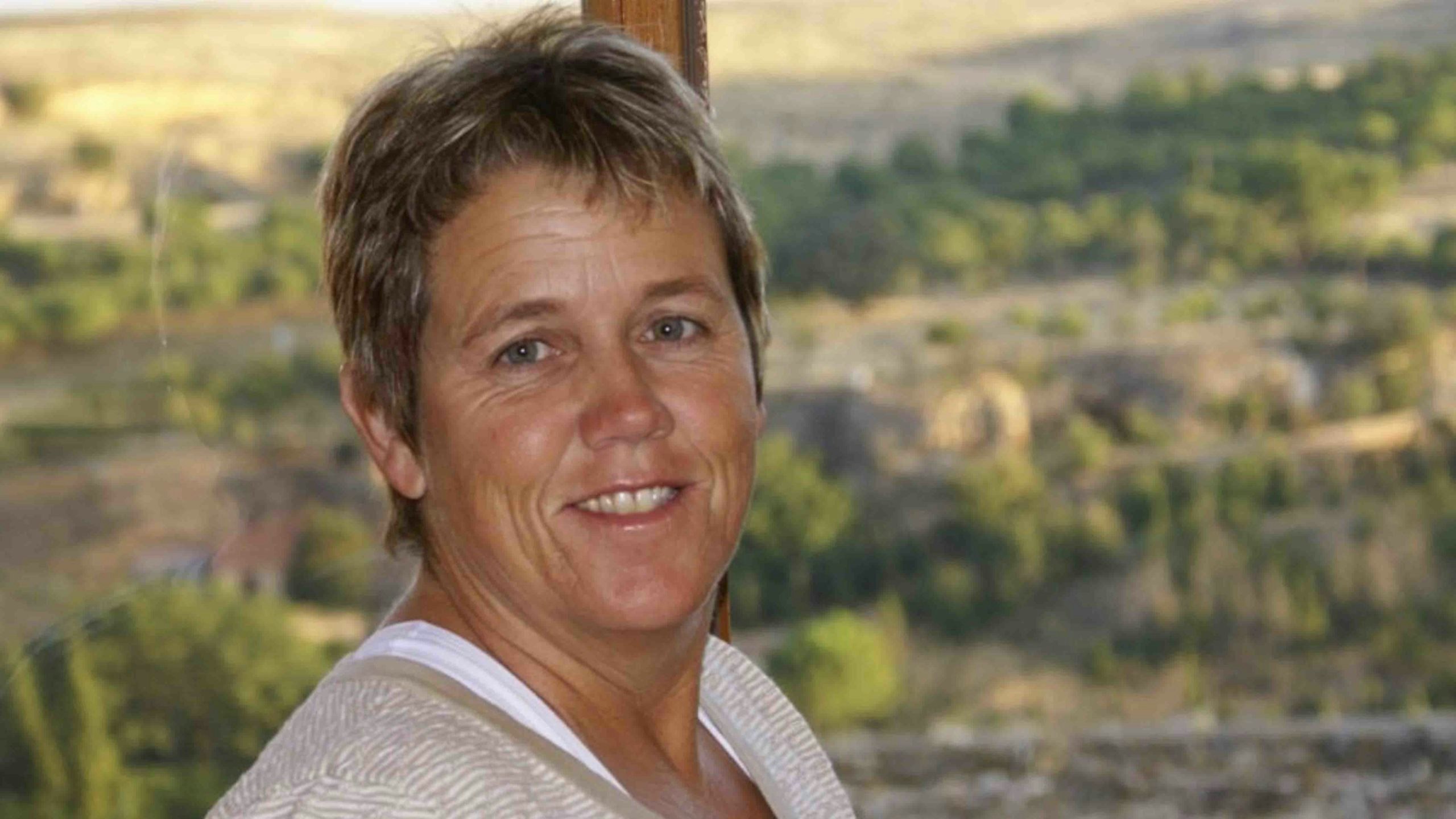The last day for public comment on the draft plan guiding future management of the 3.6-million-acre Rock Springs District of the Bureau of Land Management is Tuesday, Jan. 16. The draft resource management plan (RMP) and environmental impact statement can be viewed here, and public comment should be submitted here.
The Governor’s Task Force has been diligently meeting to cooperatively develop recommendations for a responsible and durable management alternative to the BLM’s preferred alternative that has generated so much concern because of its abrupt change in land use.
The task force members represent a wide variety of interest groups (conservation, economic development, livestock, government, energy, motorized recreation, and sportsmen) and their job is to recommend options that balance the needs of the many stakeholders involved.
Through a series of workshops hosted by the University of Wyoming, the public provided overall priorities for the task force, including identifying what they care about, including:
• access to the land
• multiple use is essential
• the region’s economic viability depends on the land
• the people most impacted by the RMP are the ones most connected to the land
• conserving wild lands, wildlife, and water.
As for what should be done, the comments primarily focused on:
• maintaining existing and protecting future access
• supporting multiple use across the planning area
• listening to the local communities
• protecting people’s livelihoods
• using the best available information
For balancing priorities, the public recommends the task force:
• focus on local needs and knowledge
• start with the status quo
• lean into flexibility
• follow the data.
The task force is slated to submit its recommendations to Governor Mark Gordon and the BLM and make them available for public review before next week’s deadline.
I expect that their final recommendations will be released very soon, but the public will have little time for review.
So it’s important that every public land user provide input to the BLM now, while the agency is still accepting comments.
According to the BLM, a good public comment letter one that provides substantive comment, such as those that:
• Question, with reasonable basis, the accuracy of information in the RMP and EIS;
• Question, with reasonable basis, the adequacy of, methodology for, or assumptions used for the environmental analysis;
• Present new information relevant to the analysis;
• Present reasonable alternatives other than those analyzed in the EIS; or
• Cause changes or revisions in one or more of the alternatives.
As much as possible, provide specific and detailed text changes you’d like to see in the final document. Include the section, management action or page number to help the BLM find the exact location of the subject of your comment.
Clearly identify where the issue or error is located, why you believe there is an error and provide alternative ideas to address the issue or errors.
Provide constructive solutions with documentation or resources to support your recommendations (you can add them as attachments to your letter).
Include any knowledge, experience, or evidence as it relates to your observations and comments. Avoid vague statements or concerns, and instead give the BLM something on which to act.
Tell the BLM what these lands mean to you, how you use them, and how you would like to see them managed in the future, and be as specific as possible. These are our public lands, so please, have your say.
Cat Urbigkit is an author and rancher who lives on the range in Sublette County, Wyoming. Her column, Range Writing, appears weekly in Cowboy State Daily.





